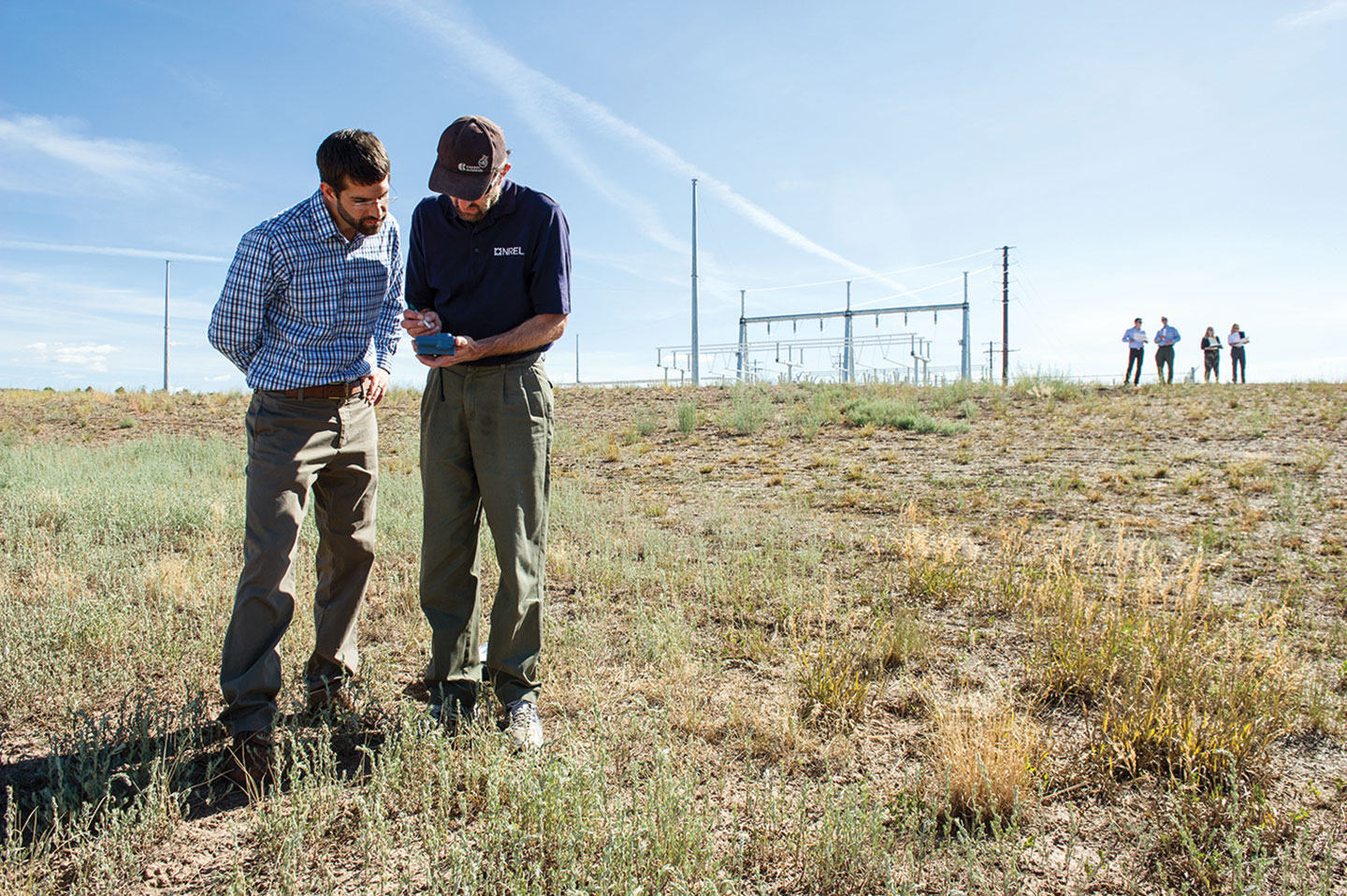Several of the Southern Ute Indian Tribe’s office buildings could soon be operating partially on solar power.
The U.S. Department of Energy announced Thursday, Nov. 14 that the tribe has been awarded $1.5 million to install a solar facility on the Southern Ute Reservation that would power some of the tribe’s commercial buildings. As a condition of the grant, the tribe is matching the funds with $1.5 million of its own.
“The grant money is supposed to offset a carbon footprint,” said Rebecca Kauffman, president of Southern Ute Alternative Energy, which applied for the grant in cooperation with the tribe’s Environmental Programs Division and Natural Resources, Tribal Planning and Finance departments.
Kauffman said the vast majority of electricity that powers tribal buildings comes from coal, a relatively dirty source in terms of environmental impact. In awarding the grant, the Department of Energy is requiring that the tribe’s solar facility be completed within three years and that the carbon footprint of any building it feeds be reduced by at least 15 percent.
Rather than apply solar panels to existing buildings, Kauffman said, the group decided the best approach would be to construct one separate facility – comprising between five and 10 acres of panels – and transmit the power using La Plata Electric Association lines.
“Some of the buildings that could use a little subsidization to their power the most … you would have to do major upgrades to put any solar panels on their roofs,” she said. “What we’re going to do is try to build a single solar facility … then that power can be used by the various tribally owned buildings.”
Where the facility would be located and which buildings it would power are still being discussed, Kauffman said. She also stressed that, due to the requirements of the grant, it would not mean free power for tribal members or area residents.
All of this depends on the tribe and Department of Energy agreeing to terms, Kauffman said. No money will be awarded until both parties sign on the dotted line, which she hopes will happen before the end of the year.
The tribe applied the first time about two years ago for grant money for a solar project, but was unsuccessful, she said. That turned out to be only a setback. In 2012, Alternative Energy conducted a feasibility study that concluded that with rapidly falling installation prices, solar energy was becoming increasingly attractive.
So earlier this year, the team applied again – and were selected, along with eight other tribes, for an award.
“It’s a reduction in air emissions in the region,” said Tom Johnson, head of the tribe’s Environmental Programs Division. “It’s also diversifying the tribe’s interests in energy. There’s opportunity for the tribe to get involved in other energy projects that will be beneficial to Indian Country as a whole.”
Johnson said the facility could be used as an outreach and education tool.
If the project is a success, Kauffman said, it could open the door for the tribe to pursue further projects in solar power.
“It’s a real gateway for us for local investment in solar energy,” she said. “If we get this project up and running, and the economics all bear out and the prices keep dropping … then it will be economical to build another one to sell the power for profit.”
Earlier this year, the tribe won an award from the Department of Energy’s Office of Indian Energy Policy and Programs to receive technical assistance on renewable energy projects, making available experts from the National Renewable Energy Lab. Representatives visited Ignacio in July to discuss a potential project, including technical, development and financing aspects.

